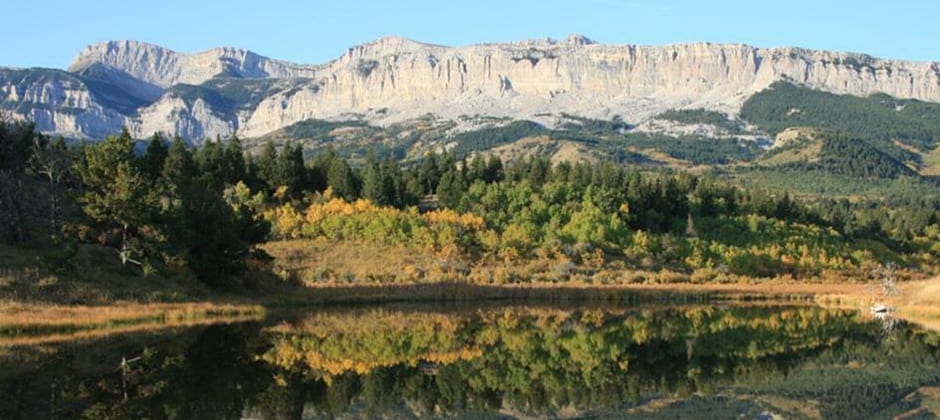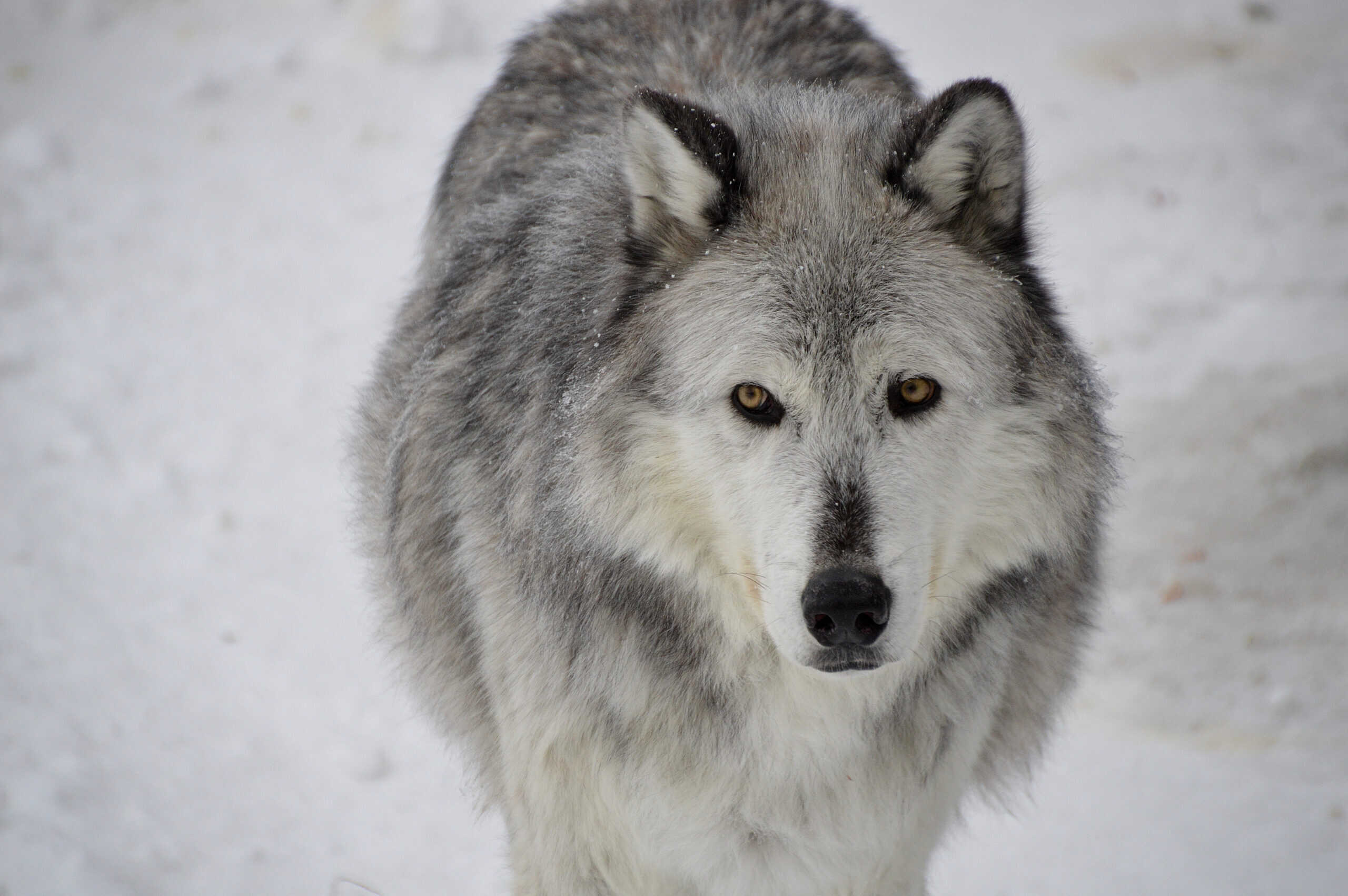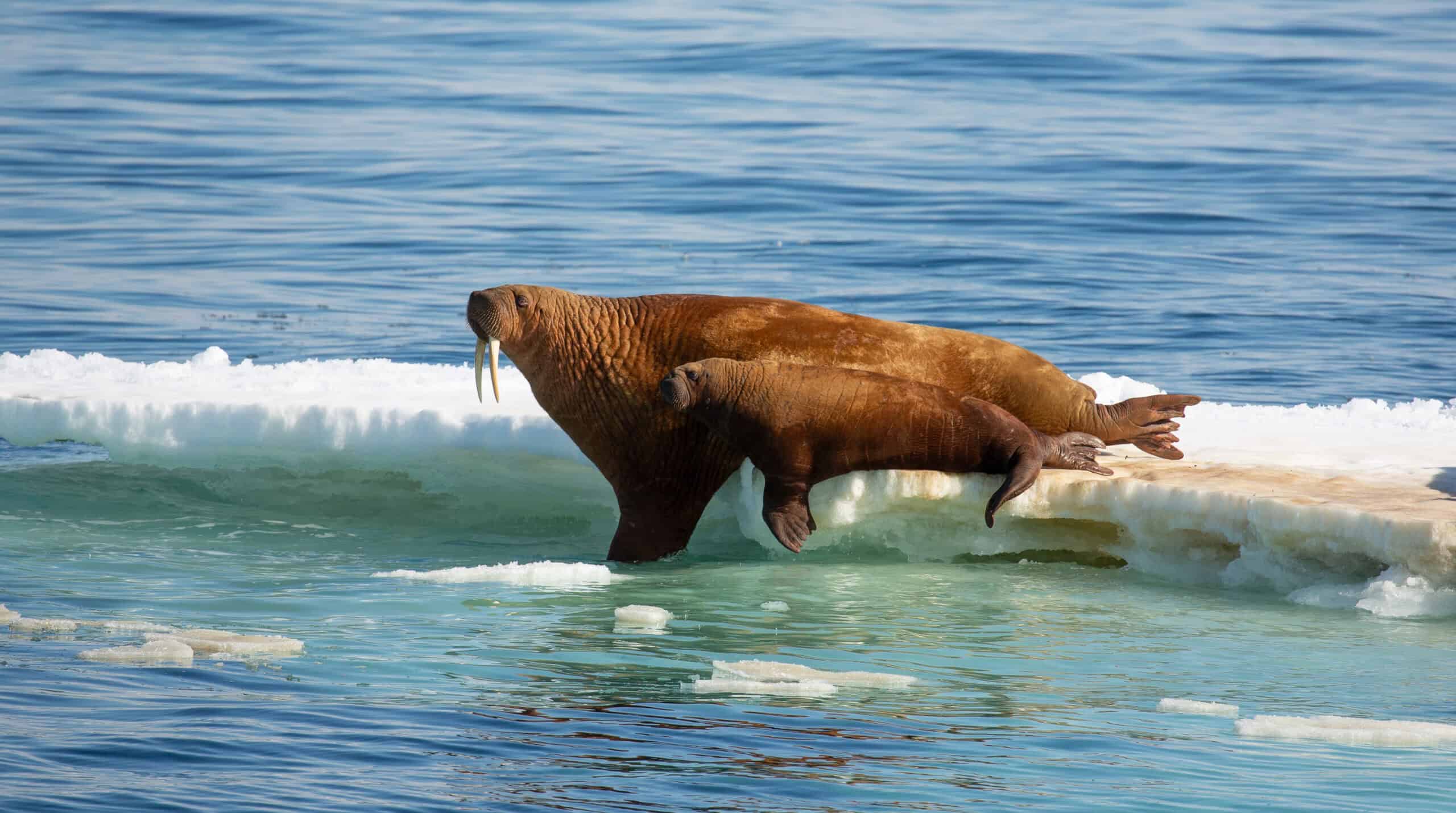Share this article
Hunting for sustainability
The following is an excerpt from an article that previously appeared in Fair Chase.
Seeing the grizzly was an unplanned surprise. Standing on an overlook, Luke Coccoli, Boone and Crockett’s conservation programs manager for the Theodore Roosevelt Memorial Ranch, and a group of students gazed through binoculars, spotting scopes and cameras at the bear a mile away. It stood past a herd of angus cattle, amid yellowing willows and aspens along Montana’s Rocky Mountain Front. Even from that distance, it was easy to tell the bear was doing what he needed to do to survive.
We were on our way to the rifle range on the final day of the inaugural Hunting for Sustainability program, which sought to introduce hunting to University of Montana students who had limited exposure to the sport. The program grew out of a grant proposal I drafted during a graduate seminar. I was familiar with a similar program in Wisconsin that has had success on various campuses. After emails between myself and Keith Warnke, hunting and shooting sports coordinator for the Wisconsin Department of Natural Resources, I thought it would we should start a similar program in Montana, on a campus where the sustainable food movement has a strong foothold and in a state where the hunting tradition has deep roots.
“Hunting can mean so many things to so many different people, but no matter what, you must first understand the facts and the science behind it all,” Luke said. “Ethics, population control, local food sourcing, state laws, proper care of harvested meat are all fundamental to becoming an educated, responsible and sustainable hunter.”
As someone who did not start hunting until my mid-20s, I could relate to the challenges new hunters face. I took to the fields and woods of Wisconsin with friends who had hunting experience, and I learned via informal exposure as the hours and days afield began to stack up. I made mistakes. I got frustrated. I took shots I shouldn’t have. But, eventually I learned enough to be comfortable calling myself a hunter.
Through the years I discovered that what initially drew me to hunting was the camaraderie of friends. As those friends started careers and families and moved away, I found myself going solo on more hunts. I enjoyed the challenges but missed that connection to friends. As I reached the end of my 30s I found that I had stopped killing animals. I did not stop hunting. I just stopped pulling the trigger. I found myself subconsciously in a search for another connection to hunting. As a former restaurant owner, I found food to be a natural connection.
For most seasoned hunters it is simple to make that connection, but now trends in the local food movement are pulling college-aged adults into hunting, and state agencies and conservation nonprofits are using it to connect new adults to the sport.
When the U.S. Fish and Wildlife Service released the results from its 2011 survey of hunter participation, although the long-term trend of decreasing hunter participation continues, it found a 9% increase in licensed hunters since 2006 — the first growth in decades.
“These folks missed the natural path into hunting through parents, but they certainly have a strong conservation ethic, a strong environmental orientation, and a realization that hunting is a really sustainable way to obtain your protein,” Warnke said.
Hunting as a sustainable use of a renewable source of meat may be a perfect fit for a conservation-oriented world. Young adults have demonstrated strong interest in lower-impact living, food co-ops, farmers’ markets, sustainable agriculture and slow food. But taking the step from avoiding factory-raised meat to hunting involves coming to terms with doing your own killing. There is a deep, emotional distinction between hunting and shopping that should not be taken lightly.
That was clear as students watched demonstrations on following a blood trail, field dressing, butchering and preparing venison for a meal. Tenderloins and back straps were cut into filets, seasoned and readied for the grill. Ground venison was formed into patties. The heart was trimmed, cleaned, cut into strips, and pan-fried.
After dinner, as the sun set over the Front, a student looked through a spotting scope at deer browsing the meadows. The deer we ate was possibly walking the same fields earlier that day, he noted. His comment suggested an acceptance and understanding of what it took to bring the deer to our plates.
“If following a blood trail leading to a harvested deer wasn’t enough, I believe seeing a grizzly in the middle of a hayfield surrounded by black angus cows certainly showed everyone that wildlife, livestock and human impacts are in this world to stay,” Luke said later. “It is up to all of us to act responsibly while hunting in order to maintain a sustainable future for us all.”
The increasing sustainable-food movements and may play a role in a resurging interest in hunting. Only time will tell if this is a passing fad or a new lifestyle for environmentally concerned adults.
Header Image: Fall colors appear along Montana’s Rocky Mountain Front. Credit: USFWS/PFW








